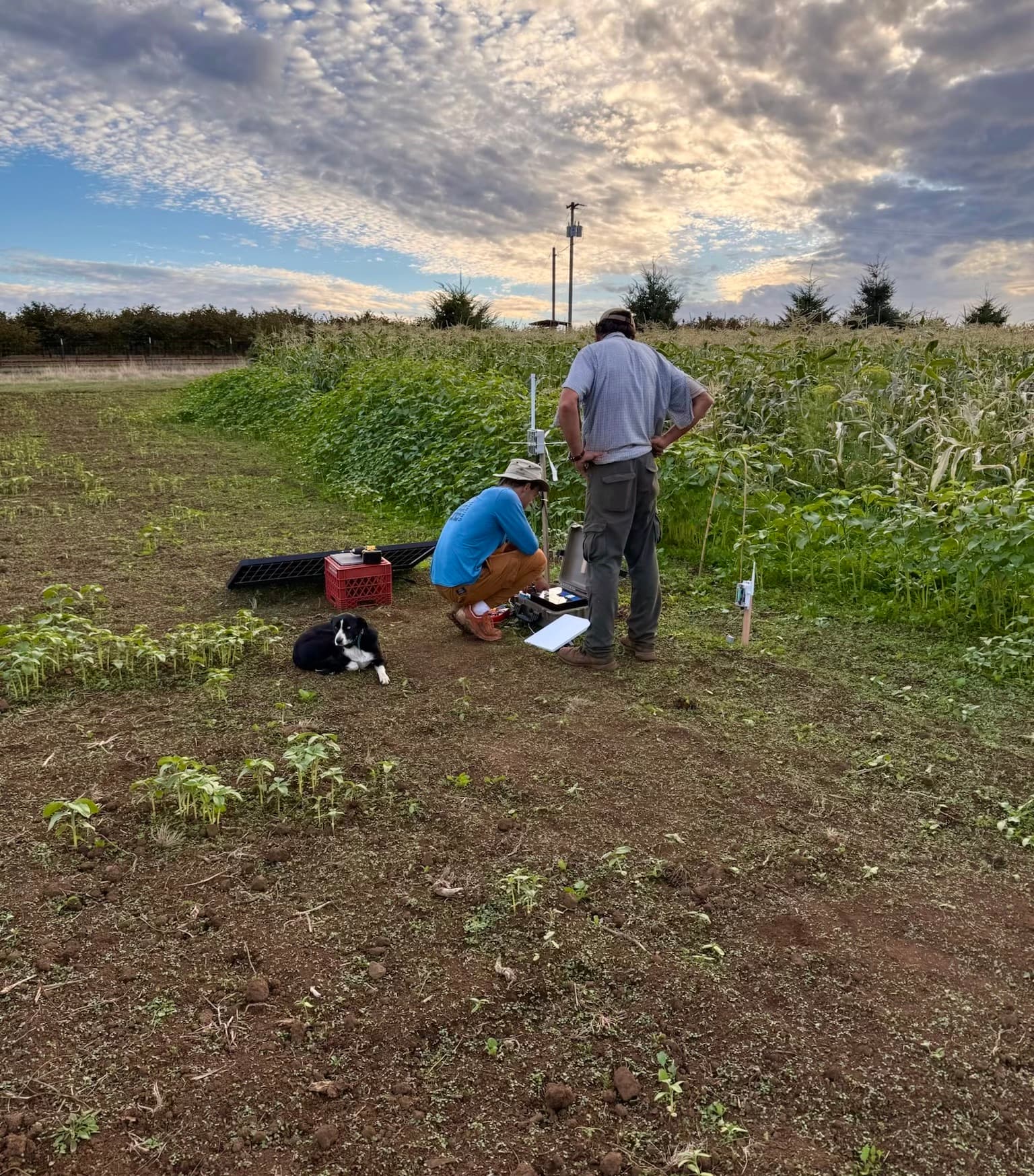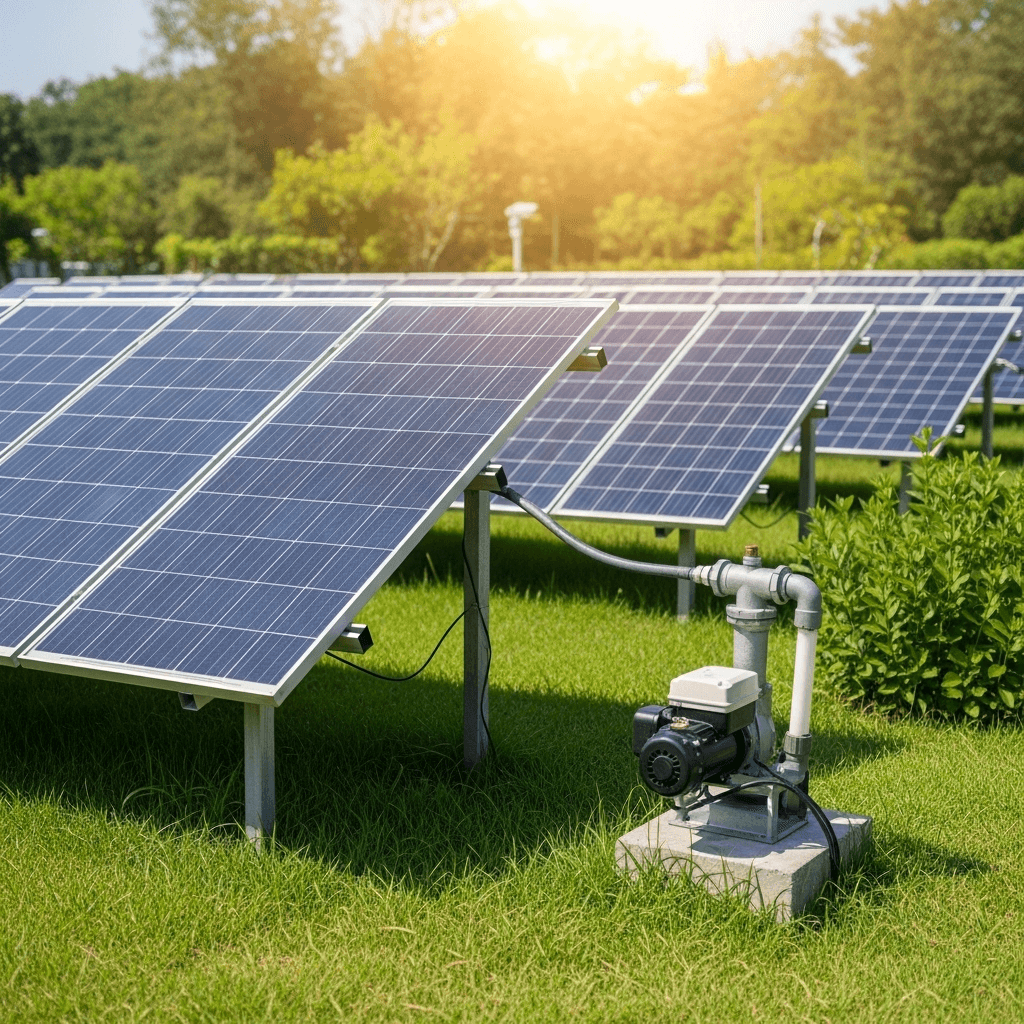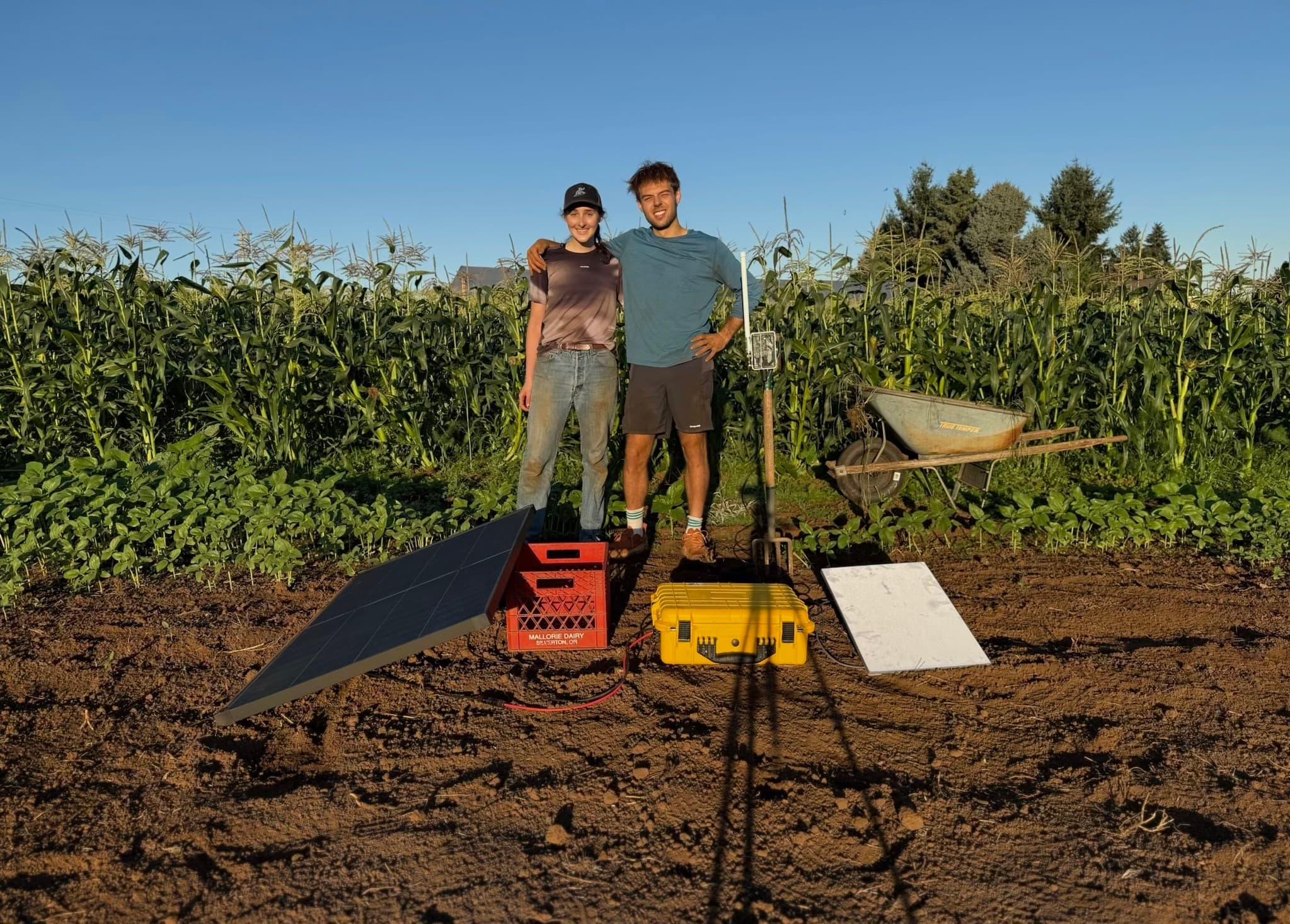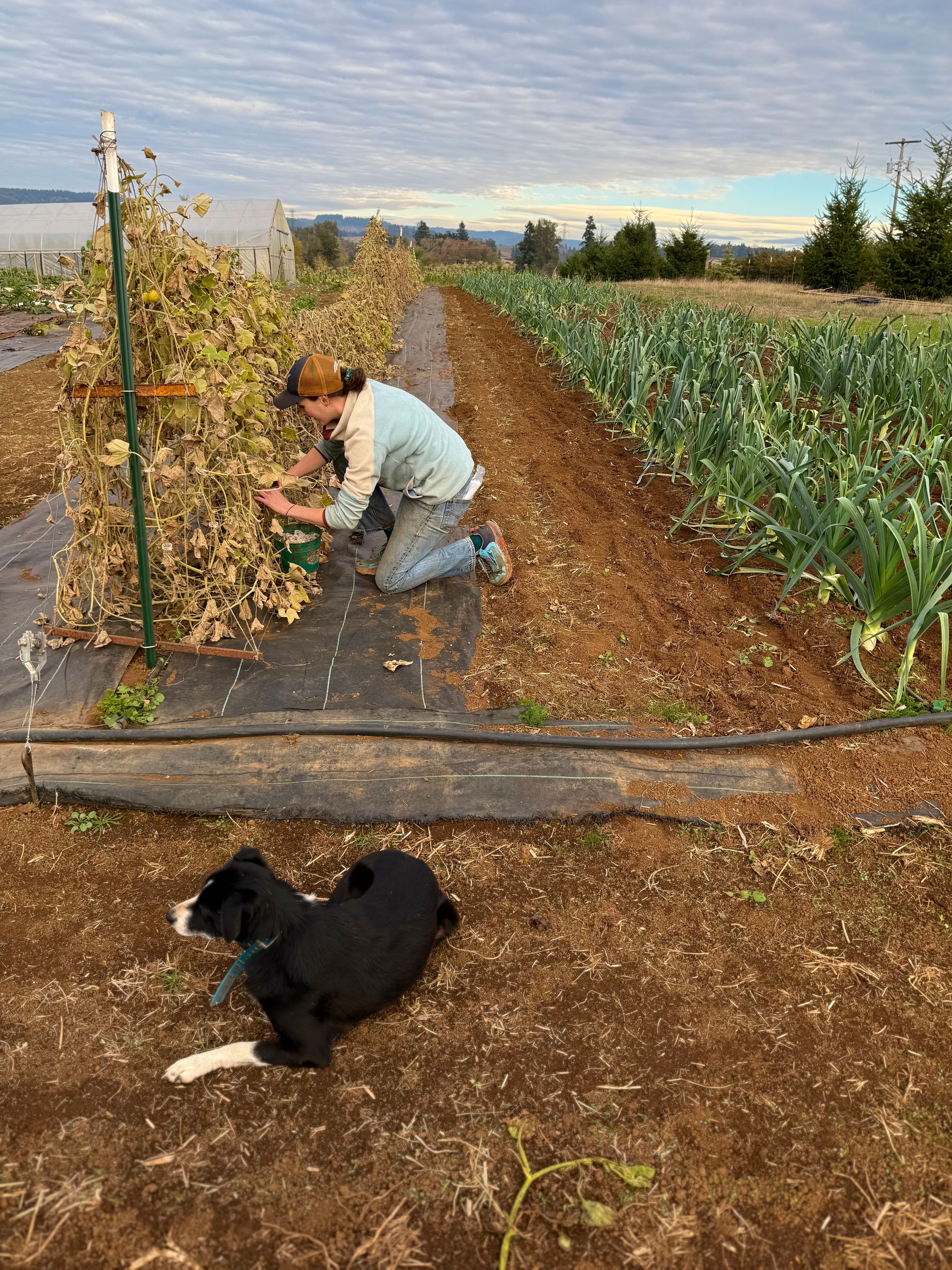
Cut Your Pumping Power Costs 20–30%
We build and own a solar array next to your irrigation pumps. You buy the solar power at a fixed price below your utility rate and keep your utility as full backup.
See if your ranch qualifiesOn‑farm solar sized to your wells
We install a ground‑mount solar array on your ranch and connect it behind your existing pump meter. We size the system based on your well and irrigation schedule so that when the sun is out and you irrigate, your pumps draw from solar first and your utility second.

Shared install cost, we fund the rest

We pay for the solar equipment and ongoing maintenance. You pay a one‑time installation fee and a simple per‑kWh rate for the solar energy you actually use—typically 25–30% below what you’re paying your utility today.
Partial daytime pumping schedule

We look at your current sets and help you shift some hours into the day so more of your pumping runs on cheap solar. Total water applied stays the same. Solar covers a chunk of your kWh; the rest comes from PG&E just like it does today.
We’ll follow up with next steps and a detailed savings estimate for your ranch.